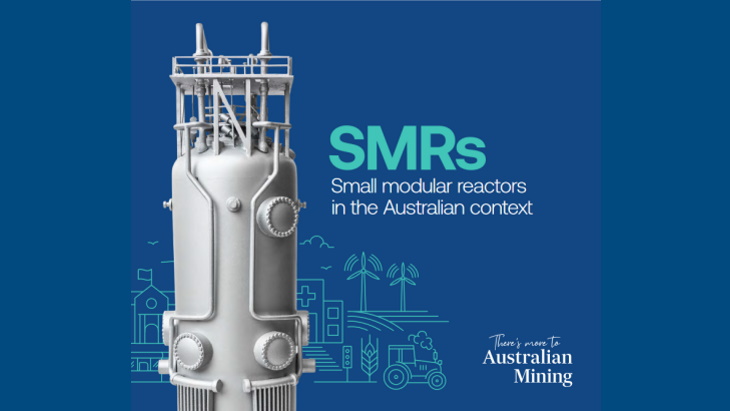CEO Tania Constable's remarks accompanied the MCA's launch of Small Modular Reactors in the Australian Context, a discussion paper authored by Australian nuclear expert Ben Heard which provides an overview of SMRs, their potential role in Australia and likely operating costs. The 33-page document considers three of the "most advanced" SMR designs that are currently undergoing regulatory approval - NuScale's Power Module, GE-Hitachi's BWRX-300 and Terrestrial Energy's Integral Molten Salt Reactor - and their potential use in Australia. By 2030 and beyond, the levelised costs of electricity for those three SMR designs are estimated to be between AUD64 and AUD77 (USD46 and USD56) per MWh.
SMRs are an "ideal fit" for the Australian energy market, the report finds, citing their enhanced safety, lower cost than large-scale nuclear reactors or equivalent energy production methods, configurability, and lower waste production than current reactors. Furthermore, SMR modules have a similar capacity to many of the existing generator units that make up Australia's coal and gas-fired power plants so could easily replace ageing coal or gas-powered turbines without the need for additional grid investment, it says.
"Even with conservative assumptions that include higher than expected construction costs, SMRs could be Australia's lowest cost 24/7 zero emission power source that underpins reliable and secure electricity supplies," Constable said.
"The MCA has long advocated that Australia needs to consider zero emission nuclear energy, along with carbon capture use and storage, and renewable energy, as the country moves to decarbonise the economy.
"Changes in the economic, trade, security, policy and technology environments in which Australia operates means that all options for low-carbon energy sources must be considered. SMRs offer part of the solution to addressing this necessary requirement."
With one third of the world's uranium reserves, Australia's "significant" uranium mining sector supplies about 10% of global demand, Constable said. This would be enough uranium to power "almost the entire output of the national electricity market" with low cost zero emission power, she added.
"Despite this, outdated federal and state bans on nuclear power have seen Australia fall behind as the only G-20 country without access to nuclear energy or plans to develop it," she said. "Australia should take advantage of growing international interest in nuclear energy and look to expand its already significant uranium sector."
Although the Australian Nuclear Science and Technology Organisation (ANSTO) has operated nuclear reactors for research and isotope production since the 1950s and currently operates the OPAL reactor, the use of nuclear power in the country is currently prohibited by federal and state-level regulations. A parliamentary committee in 2019 recommended that the government should consider a partial lifting of the current moratorium on nuclear energy to allow the deployment of new and emerging technologies. It is embarking on the process to acquire nuclear submarines under the tripartite AUKUS partnership with the UK and the USA, although Prime Minister Scott Morrison at last month's AUKUS launch said Australia is not seeking to acquire nuclear weapons or establish a civil nuclear capability.





_23621.jpg)

_63865.jpg)
_18570.jpg)





